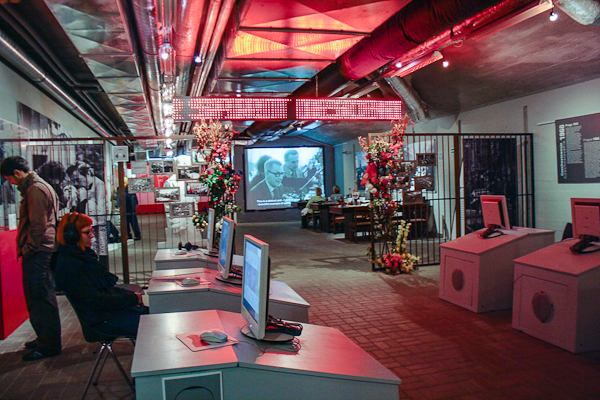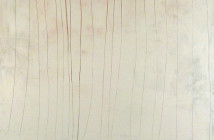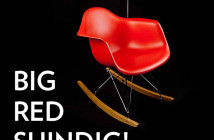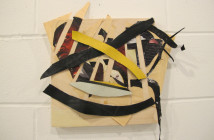October 14, 2012
The museum has a ton of roles to play. First, is the protective role, collecting, preserving, and identifying what is important to our culture, our aesthetics, or any other divisions you can think of (media, technology, economics, politics, etc). Over time, this and other roles have shifted as their inviolable status has become more fluid and complicated. Museums evolve and the way that they evolve can be hard to explain, never mind difficult to decide if you agree with the changes.
This usually isn't something that comes up, unless someone decides to park a boat on the MFA's lawn. But, when faced with a new style of museum-- immersive, non-technical, seemingly non-preservational-- Lola Arellano-Weddleton decided to notice the techniques and styles in use.
Her report for us, explores the theatric displays in historical museums in Poland. The museum is being used as an actor's backdrop more than it is being used as a display case. The objects are in environments that you walk through, interacting with historically important and contemporary reproductions of things that place you in a very specific space. This dramaturigical display does not rely on a string of objects spaced out in the aesthetically pleasing arrangement we are used to, either in frames or on pedestals, against a white paint background. It's the period room writ large. There are no convenient wall texts to tell you the era and a brief history for each object. There is no flow of objects to guiltily rush past, or 60 inch rule to which everything on the wall conforms.
Instead, you are in a space that transports you somewhere that something happened. What does this shift mean for the museum and its responsibilities?




